It’s been nearly a year now since I started practicing witchcraft, but it’s only fairly recently that I’ve actually found myself identifying with the practice (at least publicly), and even more recently that I’ve truly begun to think of myself as a “witch.” While there are many reasons why I avoided the label until a few months ago, one of the main reasons was because of its obvious association with magic (or, magick, as most witches call it).
In mainstream and scientific discourses, magic is generally thought to be irrational. It’s associated with either children’s fairy tales and Tolkien novels, or with what some people see as more “primitive” Shamanic cultures outside the scientific rationalism of the Western world. But casting spells, communing with spirits and entering states of spiritual ecstasy is not something that is, or has ever been, limited to “primitive cultures,” and magick is becoming increasingly relevant in modern society. We can see this in the fact that Paganism is one of the fastest growing religions today, and the trendiness of “witchy” Instagram feeds and Pinterest boards.
My own interest in magick, witchcraft, and contemporary Paganism in general actually began as an academic pursuit. As an anthropology student with an interest in religion, I was fascinated by why perfectly intelligent, rational people in western society turn to practices like Shamanism, Druidry, or Wicca when the belief systems associated with them seem to clash so forcibly with our existing frameworks of knowledge.
I wanted to know why a salesperson might cast a spell to help him win the business of a new client, why a nurse might carry a pouch of amethyst crystals and dried lavender in her pocket to have a calming effect on her patients, or why one of my fellow students might do a tarot reading to assist her in deciding which grad school to apply for.
Plus, as someone who used to tear through any fantasy book I could get my hands on, and has always been prone to magical thinking, my curiosity was more than piqued when I learned there were people out there actually doing magic.
The Anthropology of Magic
After beginning to look into Paganism and other “alternative” spiritualities during my undergrad, when the time came for me to decide on a topic for my Master’s dissertation, there really was no doubt that it was going to be on contemporary Pagan witchcraft (specifically in Scotland, where I was living at the time).
Unlike many other social science and humanities disciplines that mainly involve a lot of library-based research, Anthropology emphasizes first-hand experience, promoting research methods that really immerse researchers in the culture they’re studying. This method means that anthropologists can spend years in the field living with their informants, participating in everyday practices and interactions so as to better understand their social systems and worldviews. It’s not surprising then that the researchers themselves are often significantly transformed by their fieldwork, and sometimes leave with radically altered perspectives.
And when it comes to the anthropology of magic and witchcraft in particular, it seems that the likelihood of transformation is especially high. This is because, as anthropologists like Susan Greenwood and Sabina Magliocco note, taking a neutral, observational stance in fieldwork relating to witchcraft is near impossible. Magic is something that must be known from the inside—if anyone hopes to understand it, they must actually engage with it and take part in it, even if this means suspending ordinary, rational beliefs.
Many anthropologists go into the field completely skeptical about things like witchcraft and Shamanism, but after experiencing magic from an insider perspective, it becomes a core part of their lives. And I have to say, I’m no exception.
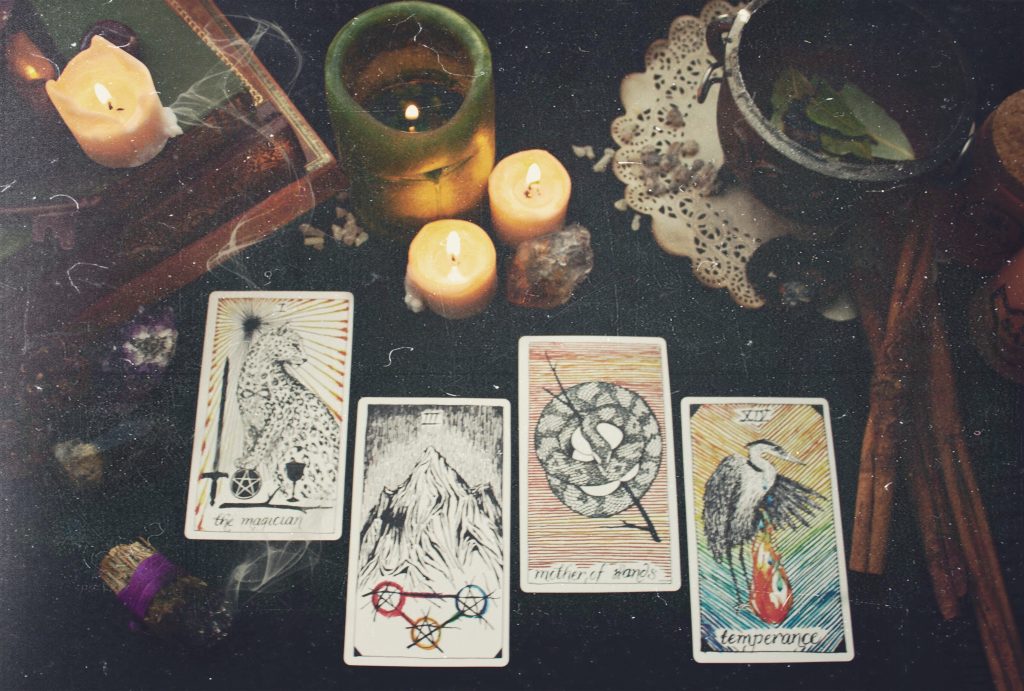
Magickal Models
Problem is, as someone who was raised atheist and taught to always seek truth and reason, the very idea of witchcraft and magick appeared incongruent with a scientific understanding of the world. So, when I began practicing magick, I did as many people do, and looked for explanations of its effects.
Generally speaking, there are three primary “models of magick” used to explain how it works. While many other models do exist, these are the three most well-known and commonly used. As they are described by the German occultist Frater U.D., these models include:
The Spirit Model
The oldest model of magick, the spirit model can be found in many shamanic cultures and religions across the globe. It posits that there is a spirit world or “Otherworld” that exists parallel to and intertwined with this world—a world inhabited by beings such as gods, angels, daemons, and other spirits. Magickal power is thought to derive from these otherworldly beings, and may be lent to humans who ask for it through practices such as prayer, offerings, and rituals. Through rigorous training and achieving altered states of consciousness, shamans and magicians can enter the Otherworld and meet with these beings, learning to move between these worlds at will.
The Energy Model
The energy model of magick is the most popular framework in much contemporary spirituality and New Age beliefs. It states that the world is composed of vital energies and forces that can be manipulated to have certain transformative effects in the world. In this model, all phenomena are composed of energy, and the magician is someone who has the ability to direct the flow of it, shaping it in accordance with their will. This idea of mutable, flowing energies is seen in many cultures and religious traditions throughout the world—prana, chi, mana, source, reiki energy, and auric fields are all ways of describing these forces that exist within everything. In this model, there is no need for a spiritual Otherworld, and the power of magick doesn’t come from other beings, but from the caster him or herself.
The Psychological Model
The psychological model is somewhat different from the previous models, as it doesn’t necessarily try to explain how magick works, but instead shows how the unconscious mind makes things happen. In this framework, it is recognized that magick is primarily about using symbols, metaphors, correspondences, and altered states of consciousness to enhance communication between the conscious and unconscious mind so that we’re more likely to act in alignment with the goal of the magick. To use this model is to understand that we create so much of our reality with our minds, so, using magick to alter the mind can in turn alter the world. Things like positive thinking, the law of attraction and the placebo effect are included in the psychological model, as in changing our conscious and unconscious perceptions of the world or the self, we alter our reality.
For quite some time after I started practicing magick, I claimed to only adhere to the psychological model. It is the only one that doesn’t necessarily deviate from a scientific rational view of reality. There’s no need for gods or spiritual beings, or even pseudo-scientific concepts of energy—all you need is an understanding of the self and the subconscious to make sense of why something like an elaborate ritual might help you nail that job interview, or why it might be helpful to take a crystal you associate with intense focus to an exam.
But, as my practice developed, and I began experimenting with new kinds of ritual and spellcraft, I noticed a shift in how I was thinking about magick. I still created my rituals and wrote my spells with the psychological model in mind, consciously incorporating the symbols, metaphors and language that I felt would vibe with me the most or leave a lasting impression on my subconscious, but in practice, there was much more to it than that.
For one, I started incorporating personal deities into my rituals a lot more, calling on them to help empower my witchcraft, despite not actually believing in their literal existence (for more about how I work with deity as a pantheist, see my post on soft polytheism). More and more, I’ve been relating to the gods and goddesses as though they were real, from speaking to them in the middle of the night, to leaving them offerings of food and wine, and burning fragments of poetry I write to them.
I also realized that I think in terms of the energy model way more than the rational side of my brain wanted to admit. My spellwork has always been about raising energy and directing its flow through embodied movement, meditation and visualization. But even outside of the ritual context, I find myself thinking about things like my own vibrational frequency and that of others, and what kind of “vibes” I’m putting out into the world.
Going Beyond Scientific Rationalism
Of course, it could be argued that the spirit and energetic models can be aspects of the psychological model—that using them in magick and ritual is merely a means of tapping into that connection between the unconscious and conscious, stimulating a shift in perspective. And this is at times what I tell myself when I’m thinking about magick from that rationalist perspective—that the concepts of gods and energies are merely metaphors that the mind responds to, and acts in accordance with.
But the thing is, understanding something like magick cannot and should not be confined to the limits of the intellectual mind or the scientific rationalism glorified by western society. Because if anthropology has taught me anything, it’s that there are so many different ways of knowing ourselves and the world that extend far beyond what we’re told is the “right” path to knowledge. Since the Enlightenment, reason and intellect have been held to such high esteem in our society, meaning that other forms of knowing, such as those that come from the imagination, intuition, emotional and embodied thought, are often forgotten and overlooked.
Magick and spirituality, however, show us that these kinds of thought processes are just as important as reason and rationality. They present their own methods for perceiving and interpreting phenomena that are valuable to us as human beings, and should be recognized as such.
The Meta Model
Another magickal framework that many witches use is the meta model, which basically involves using any and all of the other models, selecting particular ones that are best suited to particular situations. The meta model is popular among practitioners of Chaos magick, which is based on the idea that “nothing is true, so everything is permitted.” Essentially, because we can’t really know anything for sure, particularly when it comes to something like magick, we should be able to change our beliefs at any given time in accordance with whatever situation we find ourselves in. Knowledge and belief are never static, but entirely fluid, constantly changing and adapting to the present moment.
While I wouldn’t call myself a chaos magician (not yet, anyhow), I find that for my own practice, it makes sense to use the meta model, as I enjoy being able to jump between these different modes of magick without having to claim that any one provides an ultimate explanation, or that any one even could explain it.
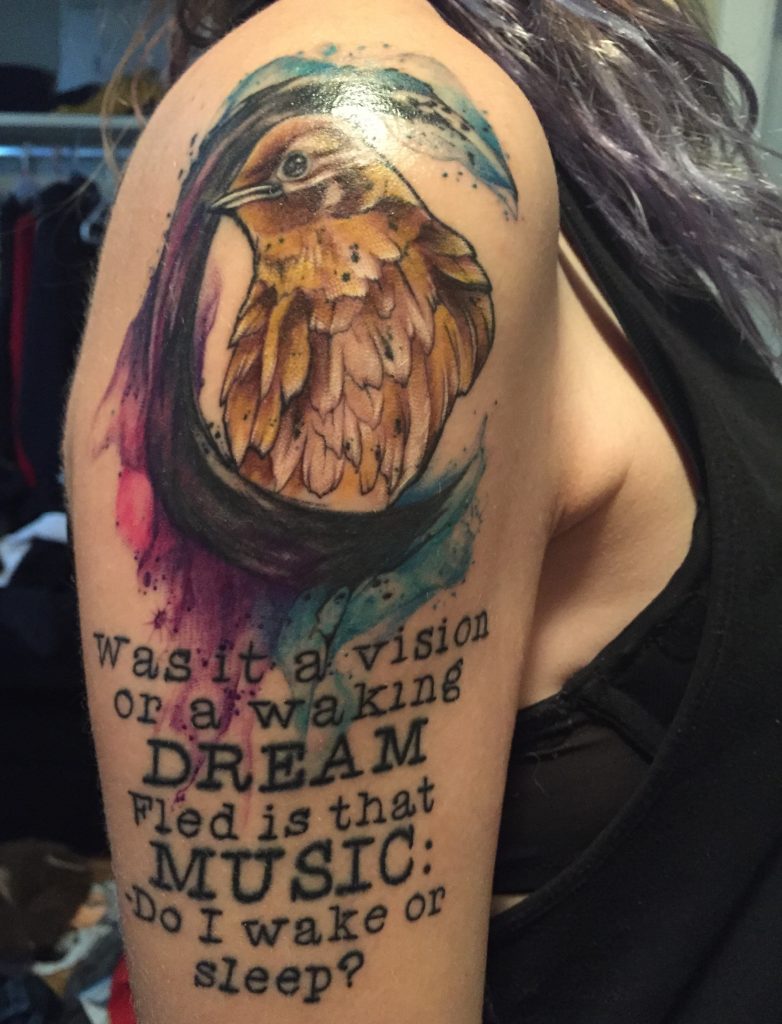
Negative Capability
The meta model and the notion of Chaos magick remind me of what one of my absolute favourite poets John Keats (whose words I love so much I got them tattooed on my body) refers to as “negative capability.” Keats, who is famous for leaving readers in mystery and wonder about the open ended nature of his poems, claimed that a great creative thinker should be
capable of being in uncertainties, mysteries, doubts, without any irritable reaching after fact and reason.”
John Keats, in a letter to his brothers (1817)
In other words, to be comfortable with uncertainty is to be open to all possibilities—to be able to experience things as they are, without needing to apply reason to them.
Writing in the Romantic era, Keats and other poets and artists like him worked a lot with things like dreams, the imagination, and a kind of reverence for nature—all of which would eventually influence the modern Pagan movement of today. Like many of the Romantic poets, Keats seemed to value intuition and uncertainty above intellect and reason, and his poetry shows us that there can be incredible beauty in mystery. Being content to remain in the unknown can do wonders for the creative mind—and, I would argue, for the magickal mind.
Like great poetry and art, we don’t need to fully understand magick in order to experience its incredible effects. We don’t need to know where it comes from or how it happens to appreciate its power, or to use it to transform ourselves and our realities.
Despite my academic background, and the fact that I first came to magick with the desire to understand everything about how it worked and why people used it, I find that as my witchcraft continues to evolve, I have become increasingly content to quiet the rational mind and surrender myself to the unknown. And as a result, what I actually get out of my spiritual practice has increased exponentially.
As I learn to leave behind questions of how and why, and simply give into the experience, not only do my rituals become more meaningful, but my magick becomes more powerful.
While logic and reason certainly have their place, there is something to be said for being able to sit with the unknown. To embrace the mystery and appreciate the magic of negative capability.
References
Greenwood, Susan. 2005. The Nature of Magic: An Anthropology of Consciousness. Oxford: BERG.
Magliocco, Sabina. 2004. Witching Culture: Folklore and Neo-Paganism in America. Philadelphia: University of Pennsylvania Press.
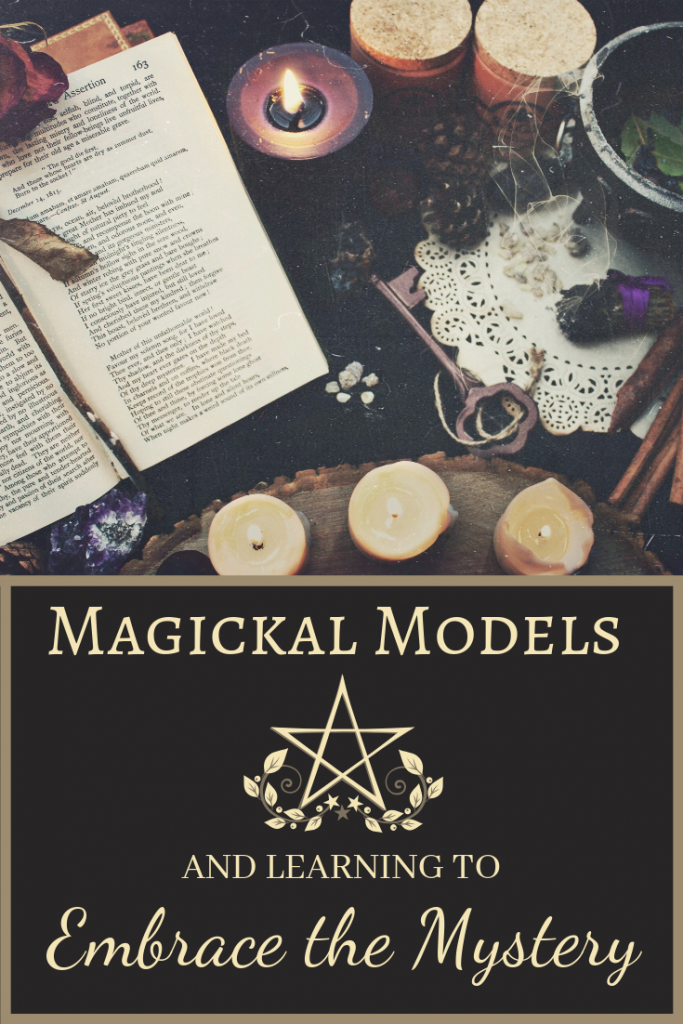
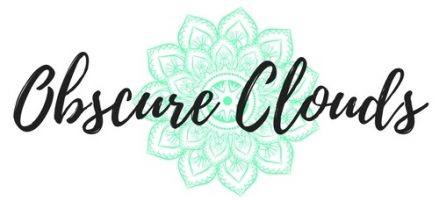
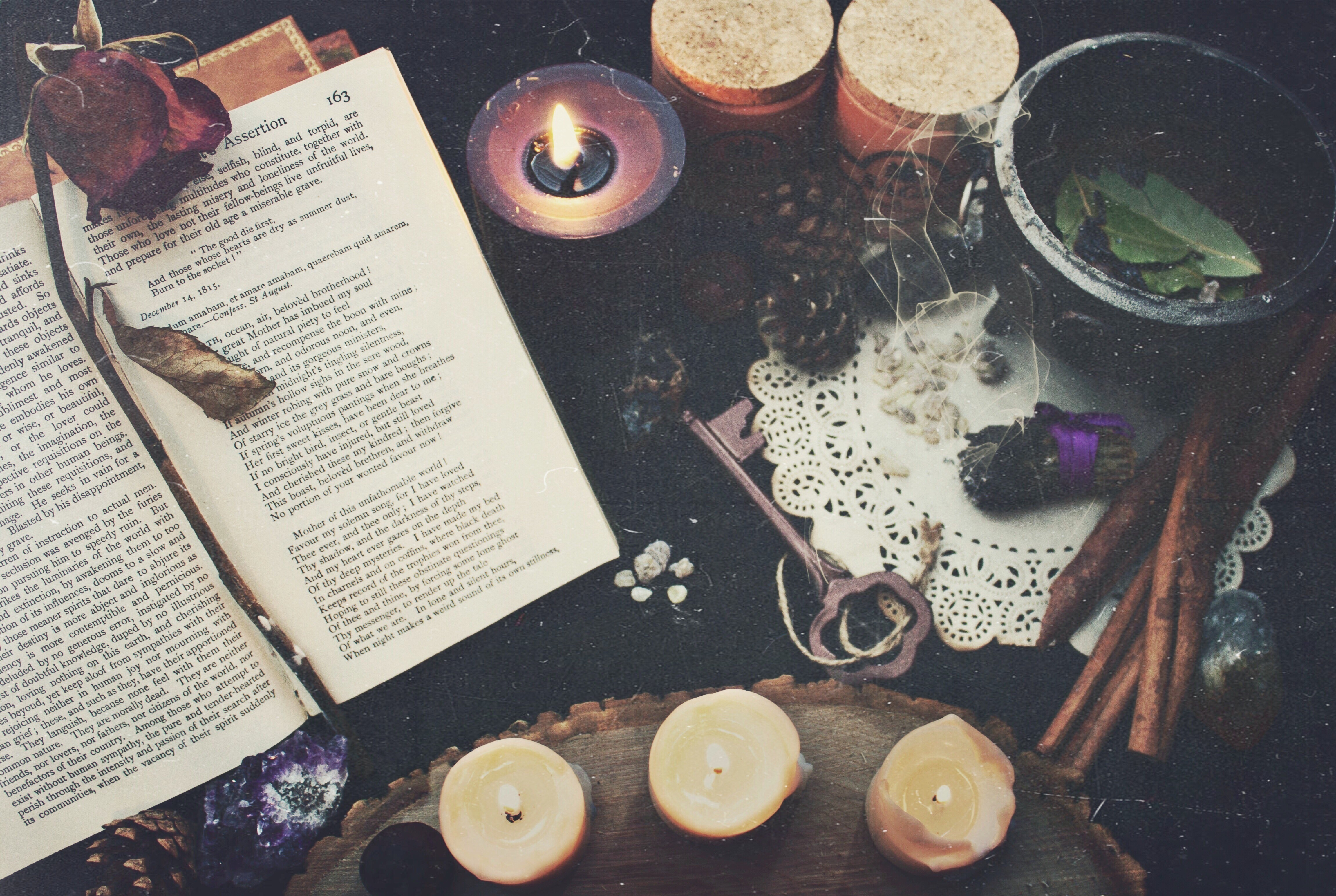

Excellent post on the models of magick. I was using the energy and psychological models and wasn’t feeling it. I recently added in the spiritual model by enlisting the help from spiritual allies and this meta model has made me more fully realized as a witch.